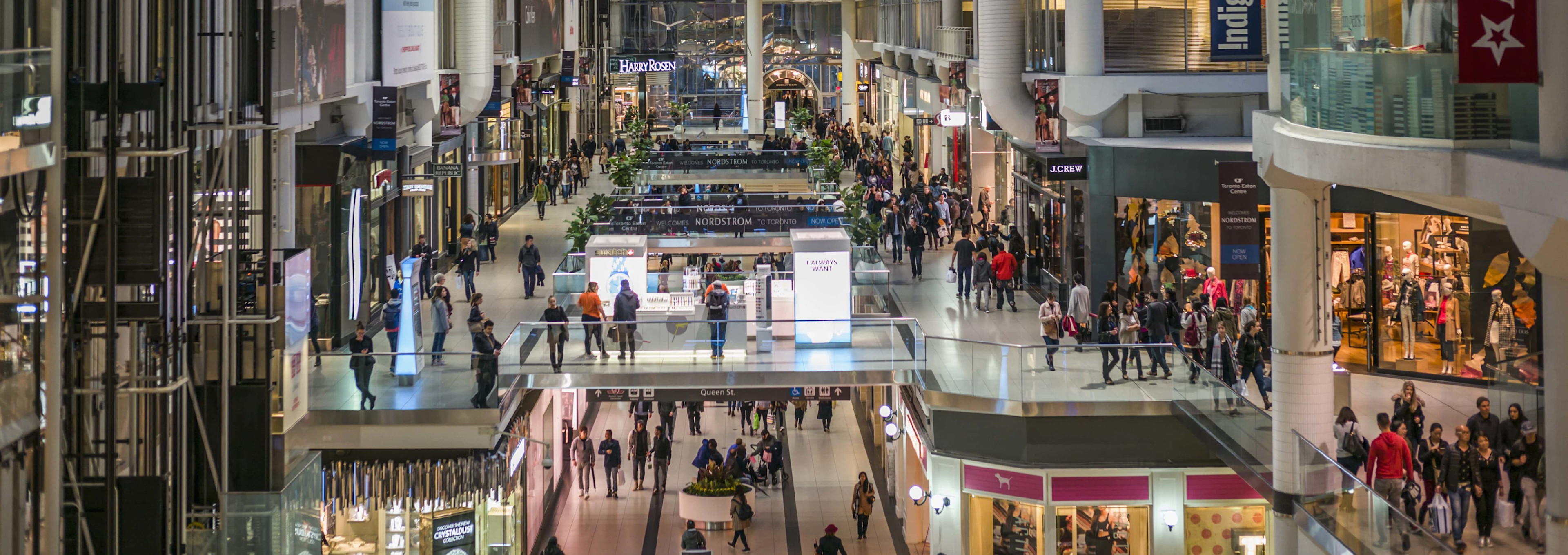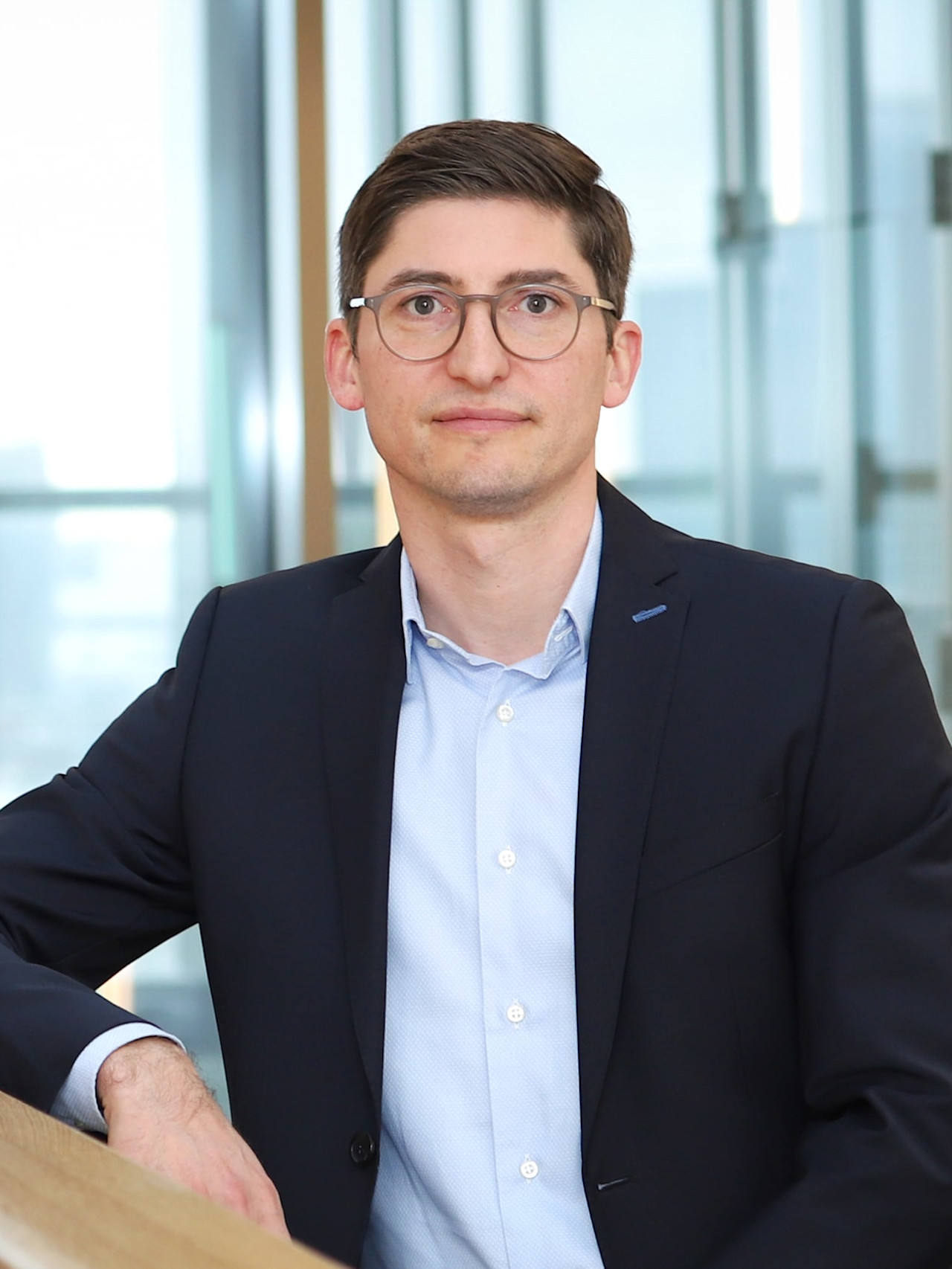

The rise of local brands
Local brands with more resilient supply chains and distinctive consumer propositions are disrupting multiple consumer segments.
Summary
- Global supply chain complexity favors local brands over global rivals
- Locally sourced products tend to resonate with local culture and values
- Changing consumer preferences are underpinning this trend
Recent geopolitical developments have led to significant changes in the global trade landscape, signaling a shift away from the post-WWII era of Pax Americana. The relationship between the US and China has become strained due to technological and military competition, resulting in partial disruptions in trade. Emerging markets like India and Brazil have remained neutral, avoiding alignment with either side. Additionally, the Middle East remains unstable with ongoing conflicts involving Israel and, more recently, Iran, while Russia faces increasing isolation following its invasion of Ukraine. These factors collectively suggest a transformation in the era of globalization.
The dynamics between the US and China are particularly crucial, as both nations appear to be moving away from their mutual dependence. This shift is evident in the implementation of tariff barriers, bans on certain goods, and the near-shoring of manufacturing in the US, supported by government initiatives such as the Infrastructure Investment and Jobs Act, the Chips Act, and the Inflation Reduction Act. In China the government is making it more and more difficult for foreign firms to operate on an already uneven playing field where its longstanding industrial policy has included comprehensive subsidies for Chinese companies in R&D, training, facilities, foreign asset acquisitions, as well as preferential access to finance and government procurement1. As the US-China economic poles gradually repel each other, nearshoring and friendshoring are the logical response with the combination of trade restrictions and supply chain risk creating incentives to build and source closer to home.
Global trade growth has been slowing
Europe finds itself in a complex position, striving to maintain constructive trade relationships while facing internal political pressure to protect its industries from Chinese competition. Trade disputes with China, which initially focused on the steel sector, have now extended to the automotive sector where the EU has imposed tariffs on Chinese electric vehicles.
As a result, global trade growth has been slowing (see Figure 1). Rising protectionism and the already mentioned trade tensions have disrupted trade flows. Structural changes have also played a role, such as the increasing complexity of global supply chains and the shift to a more service-oriented economy. Also the Covid pandemic further exacerbated these trends by causing significant disruptions in production and logistics.
Figure 1 | Trends in the global export value of trade in goods (in USD billions)

Source: Statista, 2024
Trade disputes are already having a direct impact on consumer markets, with the aforementioned auto market being a prime example. In the first half of 2024, the sales volume of domestic Chinese brands reached 5.6 million vehicles, up 17.8% year-on-year, for a market share of 56%. In contrast, German brands were down 6.2%, Japanese brands declined 12.4%, while US and French brands decreased by 19.2% and 19.1%, respectively. 2
At the moment, most headlines over trade disputes involve strategic industries, including technology and semiconductors, and of course aerospace and defense, but ultimately every sector and consumer segment could be impacted.
Global Consumer Trends F GBP
- performance ytd (30-11)
- 6.35%
- Performance 3y (30-11)
- 12.24%
- morningstar (30-11)
- SFDR (30-11)
- Article 8
- Dividend Paying (30-11)
- No
Disruption equals opportunity
From an investment perspective, the consumer landscape is changing considerably with existing brands pivoting their business models. Smaller, native brands are consequently taking the opportunity to challenge their slower moving global rivals. Moreover, rising protectionism only increases the appeal for local brands by fostering a sense of national pride. When governments implement tariffs and trade barriers, they often promote local products as a way to support domestic industries and safeguard jobs. As a result, more consumers prefer to buy products made in their own country. This shift not only boosts local economies but also strengthens the brand loyalty of domestic consumers.
Native brands are challenging slower-moving global rivals
Over the past decade, the market share of local brands has steadily increased compared to global brands as local alternatives have consistently outperformed global brands in terms of growth, capturing a larger share of consumer choices. Local (and regional) brands now account for two in three (66%) of the brands placed in our shopping baskets, while global brands account for one in three (34%) brand choices3. This trend has been driven by several factors, including a growing preference for products that resonate with local culture and values, as well as the agility of local brands to quickly adapt to changing consumer needs. Additionally, the rise of ecommerce has enabled local brands to reach a broader audience more effectively. We noted Swiss consumer ingredients company Givaudan reported that global fast-moving consumer goods companies delivered ~4% volume growth for Givaudan in the first half of 2024 compared to local and regional customers which delivered ~12% volume growth.
Within our Global Consumer Trends strategy we see this local brands emergence as part of the ‘Rise of the middle class’, one of three long-term trends which guide our strategy alongside ‘Digital transformation of consumption’ and ‘Health and well-being’. Rising wealth is driving growth in local consumer spending in emerging markets, while geopolitical pressures and supply chain risk are boosting consumer spending on local brands in developed markets.
What does this mean for our strategy?
Over the last 12 months we have exited our positions in well-known global consumer brands like Nike and Starbucks. Nike has been struggling to fend off smaller, more nimble rivals such as Hoka and On Holdings which have emerged to rapidly to take market share in the sports footwear market. Hoka, owned by listed Deckers Outdoor Corporation, grew its core US business by innovative product design, targeted marketing strategies, and by expanding its audience beyond the athletic community by emphasizing comfort. Swiss-based On Holdings has carved out a niche by targeting both serious athletes and affluent consumers with premium, innovative products. On has leveraged high-profile endorsements, including a collaboration with Roger Federer, to boost brand visibility.
Geopolitical pressures and supply chain risk are boosting consumer spending on local brands

Consumer Trends
Starbucks has also been facing challenges, mostly related to the in-store experience and the surge in mobile orders. The company’s mobile ordering system has led to operational bottlenecks. Baristas are often overwhelmed by the volume and complexity of mobile orders, which has led to longer wait times and crowded pick-up counters. Additionally, the focus on convenience through mobile orders has shifted the customer experience from a leisurely in-store visit to a more transactional interaction. This change has alienated some customers who valued the traditional ‘third place’ experience, i.e. the in-store ambiance and personal touch.
Figure 2 | Shares of some large consumer-facing multinationals have significantly lagged the market

Source: Bloomberg
Examples of companies with localization strategies are fashion-retailer Inditex and restaurant chain Chipotle Mexican Grill, which operates a chain of Mexican restaurants in the US. Chipotle has made significant strides in local sourcing5 and in 2023, the company sourced 40 million pounds of its produce locally, up 29% since 2020 and making up 11% of its total produce supply6. Additionally, Chipotle’s investment in local sourcing platforms, like Local Line, further strengthens its commitment to supporting regional food systems.
Spain’s Inditex, the parent company of brands including Zara, has grown through a fast-fashion model, aiming to outmaneuver global rivals. It employs a proximity-sourcing business model to maintain flexibility and responsiveness in its supply chain. This model involves producing a significant portion of its products in regions close to its headquarters and logistical centers in Spain. By keeping production nearby, Inditex says it can quickly adapt to changing fashion trends and consumer demands, reducing lead times and minimizing excess inventory.
Inditex claims that it benefits from a competitive advantage thanks to its proximity sourcing – around 65% of orders from production are sourced from Spain, Portugal, Türkiye or Northern Morocco. This not only means that Inditex has lower-level inventory commitments and less product wastage, but it also helps Inditex reduce its carbon footprint as these countries have more regulated textile markets with stricter environmental standards than traditional fashion manufacturing centers in Asia. Reducing carbon emissions could benefit Inditex’s profitability by reducing energy costs, and has the potential to drive sales growth if consumers choose to spend more to buy products produced or sourced in a more sustainable way.
Conclusion
Increasing geopolitical and trade tensions are the structural driver of localization by making offshore supply chains more expensive and complex to maintain, with marketing innovations and changing consumer preferences also contributing. We see this materially changing the landscape for investors with new entrants across different geographies creating potential alpha generation opportunities.
The effects of localization have so far been subtle and uneven in major consumer categories but we believe local brands (preferably with local sourcing) have more potential to grow and outperform in the next decade as latency increases in international trade. We see opportunities in many consumer segments, but we are also monitoring private companies which own local challenger brands that could list in the future.
Footnotes
[1] Rising challenges for foreign firms in China – Hinrich Foundation – September 2024
[2] Rising challenges for foreign firms in China – Hinrich Foundation – September 2024
[3] Kantar: Global Brand Footprint 2020
[4] Companies named in this section are examples for illustrative purposes only and the Robeco Global Consumer Trends strategy is not necessarily invested in these companies, nor should these references be considered as recommendations to buy, sell or hold any listed entity.
[5] Chipotle defines local produce as ingredients grown within 350 miles of one of its distribution centers.
[6] Chipotle 2023 Sustainability Report




























